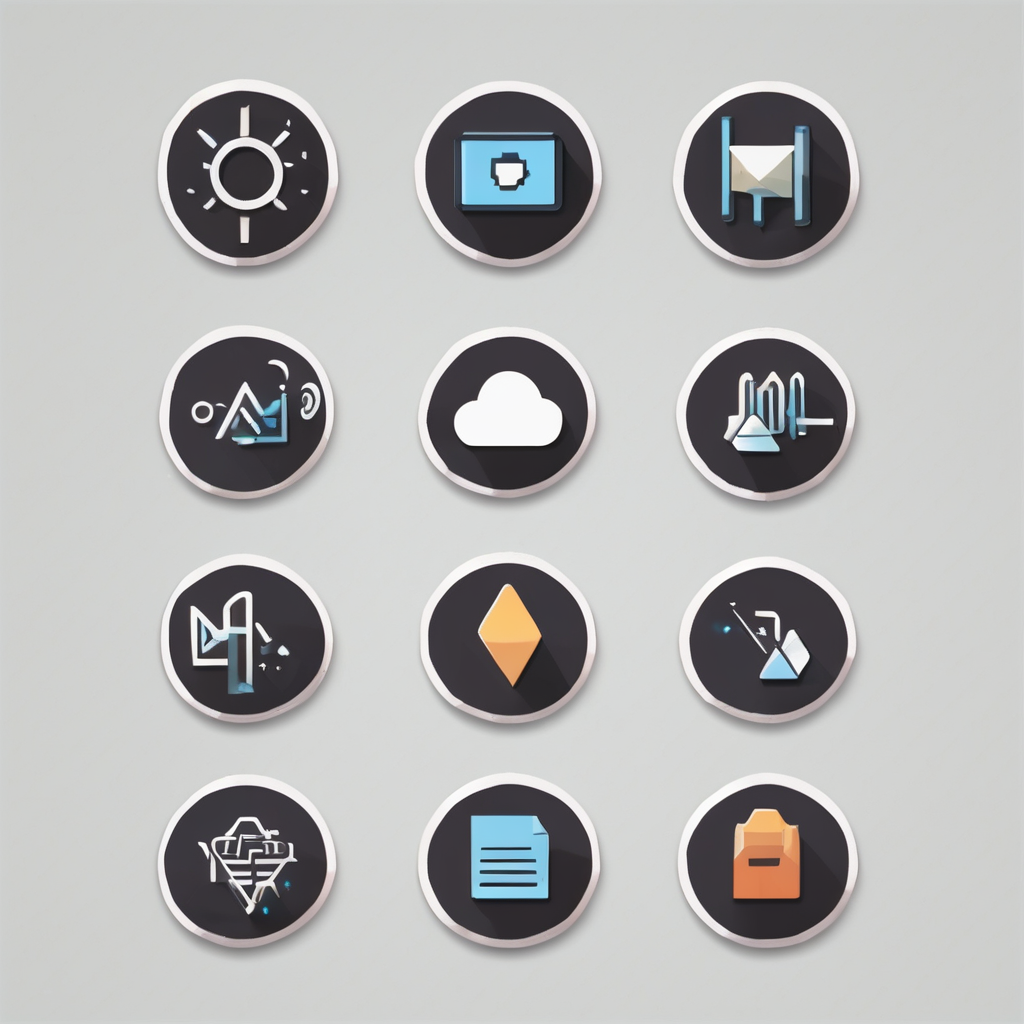Upgrading your optometry practice with refurbished refraction units blends cost-efficiency and advanced functionality. These units offer digital controls, ergonomic designs, and accessibility features that enhance patient experience and workflow. Selecting the right model means balancing clinical needs with budget, making refurbishment a smart choice for clinics aiming to modernize without overspending.
Essential Functions and Types of Refraction Units in Optometry
Refraction units form the backbone of any optometry refraction equipment setup—they integrate essential diagnostic devices and streamline comprehensive eye examinations. In modern practice, get your refurbished refraction units for optometry represents not just a search term, but a pivotal option for practitioners seeking clinical versatility and cost efficiency. You can view more details on this page: get your refurbished refraction units for optometry. These stations bring together tools like automated refractors, manual phoropters, and advanced digital systems for precise vision assessment, helping identify refractive error types that impact eyeglass prescriptions.
In parallel : Exploring the Essential Role of UK Pediatric Endocrinologists in Combating Childhood Obesity
Clinically, refraction units distinguish themselves as either manual or automated/digital solutions. Manual phoropters and lensmeters demand fine practitioner skill and direct patient interaction, which encourages subjective refraction techniques for nuanced cases. Automated refractors, however, use cutting-edge technology for rapid, objective measurements, often paired with digital refraction systems that enhance workflow and data capture. Today’s digital stations frequently accommodate cloud data storage or remote consultation features—ideal for tele-optometry or practices adopting remote care models.
Key components include the central instrument table—sometimes with electric up/down movement—as well as integrated patient chairs, adjustable LED illumination, and control panels for device positioning. Some refraction units merge several devices into combi units, supporting both large clinics and compact setups. Accessibility features, such as adjustable suspension arms and wheelchair-ready designs, further ensure these workstations fit seamlessly into any clinical environment.
Also to see : How UK Dietitians Personalize Nutrition Care for Oncology Patients: A Vital Role in Cancer Care
Choosing and Installing the Right Refraction Unit for Clinical Needs
Comparative features: manual vs. automated refraction units and combi stations
Precision in vision testing devices starts with choosing between manual and automated refraction units. Manual setups feature flexible operation and control, often favored for subjective refraction techniques, providing adaptability for specialized optometric refractive error diagnosis. In contrast, automated refractors deliver speed and consistency, integrating advanced refraction technology for high-volume clinics. Combi units integrate multiple optometry refraction equipment pieces in a streamlined layout, maximizing workflow efficiency and supporting comprehensive eye exam instrumentation. Thorough refraction unit comparison highlights that automated systems also prioritize user-friendly patient interface for refraction units and foster objective refraction methods using software-driven workflow.
Installation considerations: calibration, ergonomic layout, and patient accessibility
Critical refraction unit setup and calibration drive refraction testing accuracy. Proper calibration with dedicated refraction equipment calibration tools secures reliable lens prescription accuracy factors and enhances confidence in results. Ergonomic layout ensures practitioner efficiency and safety; for instance, wheelchair-friendly table movement and adjustable patient chairs cater to diverse patient accessibility, impacting patient comfort in refraction tests. Some models specifically address left-handed operation—an example of ergonomic design. Thoughtful refraction lane design, including strategic placement of subjective and objective refraction methods, minimizes setup errors and optimizes workflow.
Understanding product offerings from leading manufacturers
Refraction unit manufacturers such as TOPCON, ESSILOR, NIDEK, Meccanottica, and Frastema deliver distinct solutions. Meccanottica leads in versatile configurations, from compact refraction units ideal for portable vision testing units to robust digital refraction systems. Refurbished units from these brands supply affordable refraction solutions without sacrificing the quality found in new equipment, aligning with both large clinics and smaller practices seeking reliable refraction equipment calibration tools and broad warranty options.
Operational Best Practices and Long-Term Value
Maintenance routines and hygiene standards for longevity and safety
Consistent refraction unit maintenance is fundamental for sustaining device accuracy and ensuring safe vision testing. Daily cleaning of primary touchpoints—such as control panels, patient interfaces, and lens surfaces—lowers contamination risks and supports compliance with hygiene protocols for refraction units. Weekly checks on moving parts and monthly calibration using manufacturer-recommended tools minimize downtime and guard against refraction testing inaccuracies. These routines extend the lifespan of vision screening tools and safeguard data quality in every step-by-step refraction procedure.
Cost considerations: price ranges, warranty, and support options for refurbished and new units
Understanding the refraction unit price range is key for optometry practices considering upgrades or onboarding new technology. Refurbished units from established brands often provide substantial savings while still coming with a refraction unit warranty and support package—sometimes including installation and training. Reviewing the full scope of what’s covered, from on-site servicing to remote software updates, helps ensure that ongoing refraction unit maintenance costs remain manageable over time.
Enhancing diagnostic workflow and patient experience with proper refraction unit use and care
Integrating robust hygiene protocols for refraction units and ergonomic designs cultivates increased patient comfort in refraction tests. High-quality vision screening tools and adherence to each step-by-step refraction procedure not only streamline diagnostic workflow for clinicians, but also foster trust and ease for patients—crucial for repeat visits and practice growth.


